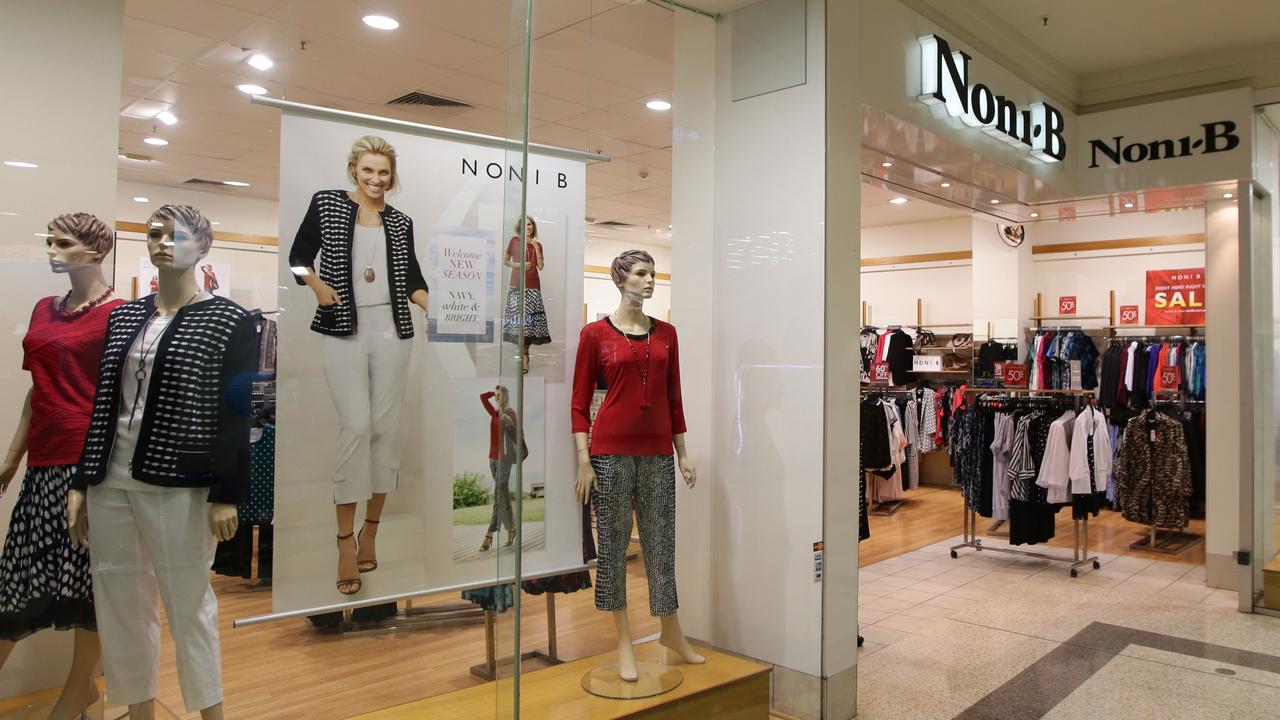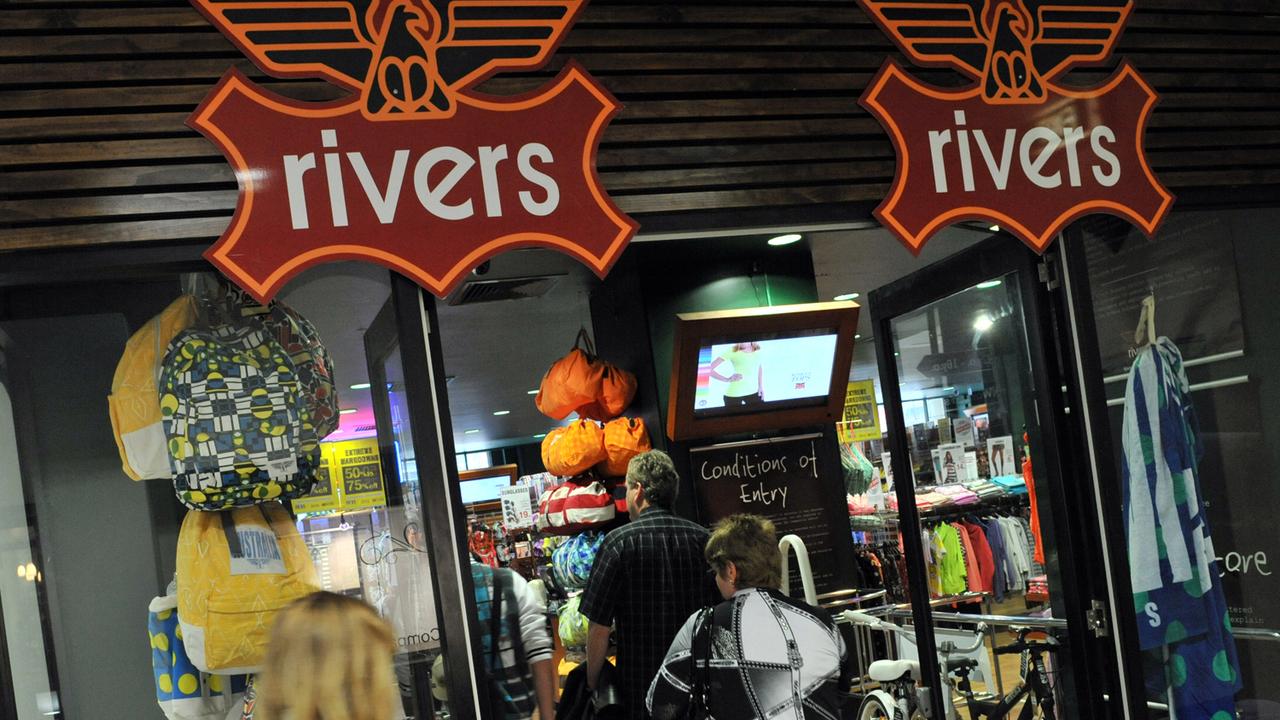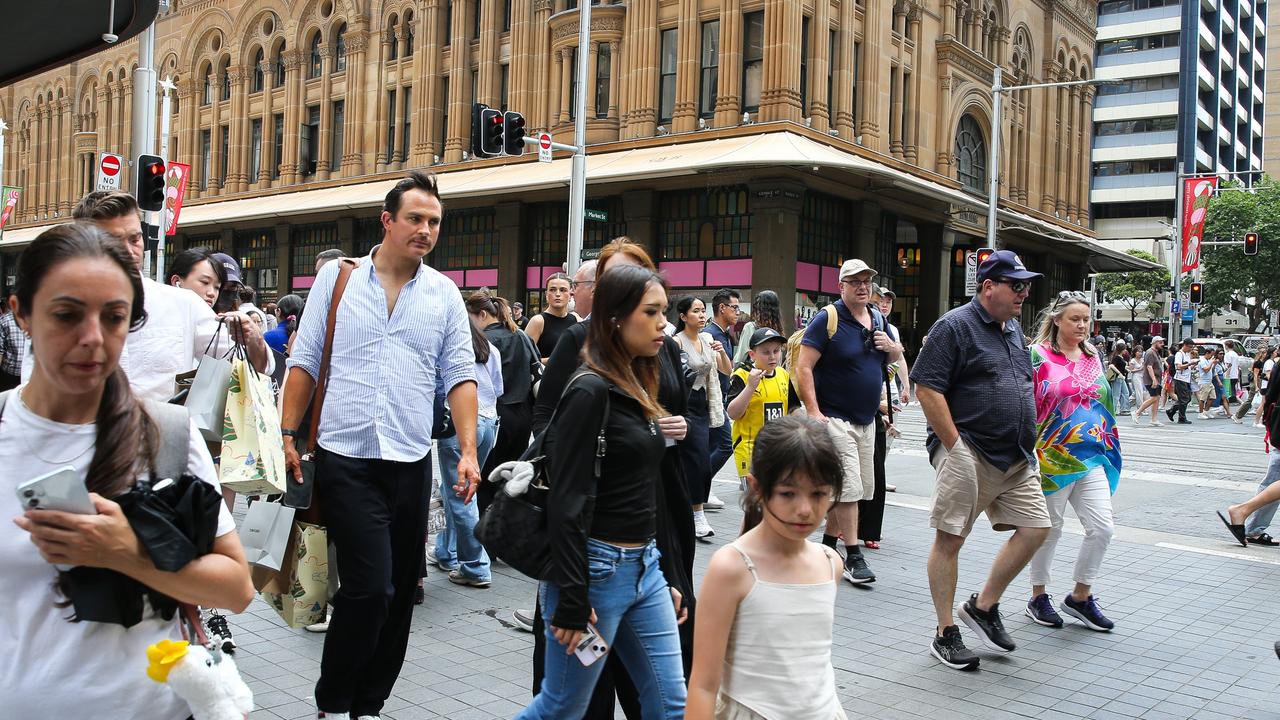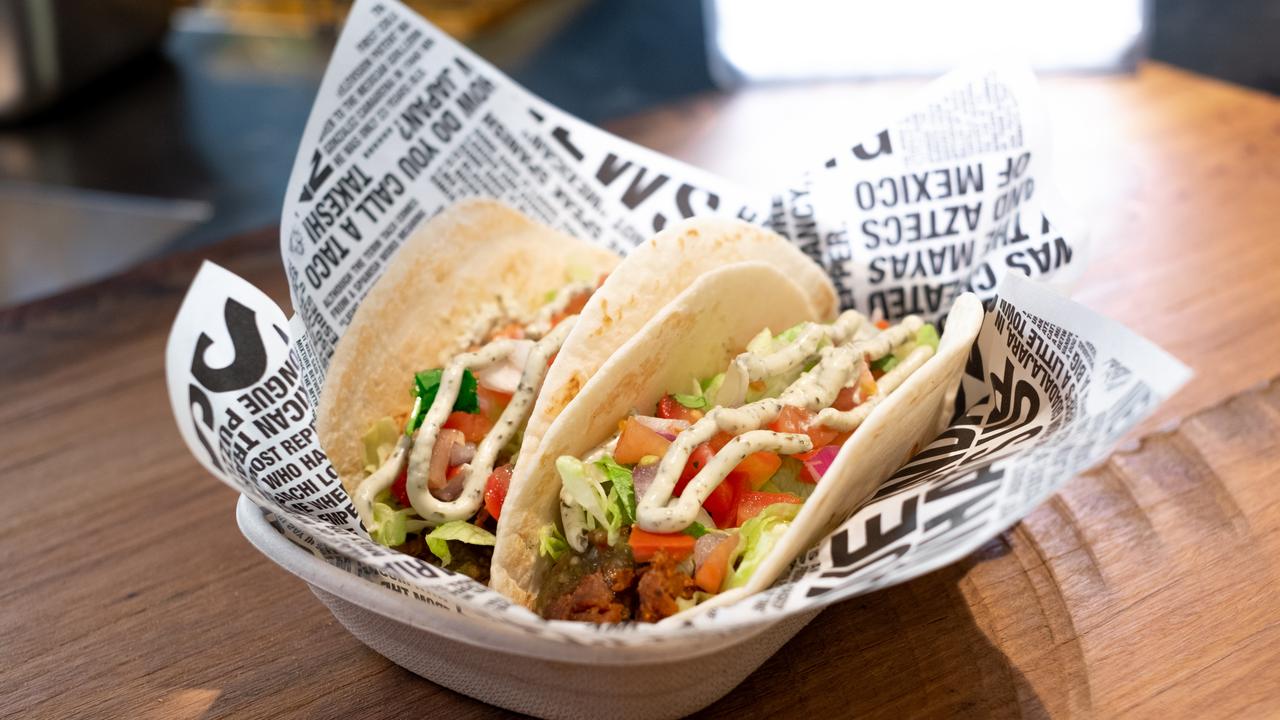Rivers, Millers, Katies store closures: Truth behind retail bloodbath
Aussies were stunned by the news that up to 500 beloved stores could vanish within 12 to 24 months. But here’s what really went wrong.

Australia’s brutal retail apocalypse shows no sign of slowing, with the company behind some of our best-known brands revealing shock plans to shut up to 500 stores across the country.
Mosaic Brands is Australia’s leading specialty fashion retail group, with the Millers, W.Lane, Noni B, Rivers, Katies, Autograph, Rockmans, Crossroads and Beme brands among its network of 1333 Australian stores.
In a trading update this week, the fashion juggernaut – which employs around 6800 workers – announced a staggering $45.8 million loss for the full year ending June 28, and revealed a drastic store reduction program which could see 300 to 500 stores vanish over the coming 12 to 24 months, depending on final lease negotiations.
It means up to 37 per cent of stores – which many Aussies grew up with – could be shut down for good within months.
Managing director and CEO Scott Evans said the business had been “utterly derailed by the bushfires and now the coronavirus pandemic, but stressed the crises had only exacerbated the problems already facing the nation’s ailing retail sector.
RELATED: ‘Utterly derailed’: 500 stores to close

RELATED: Huge change coming to The Reject Shop
It was a sentiment shared by Queensland University of Technology retail expert Dr Gary Mortimer, who told news.com.au Mosaic Brands’ announcement was “not a shock”.
And he said the categories most of Mosaics’ brands sat within were particularly at risk.
“We’ve been talking for a couple of years about the challenges facing the lower and middle-tier apparel and footwear category,” he said, adding we had already seen a string of brands within that sector collapse into administration well before the coronavirus pandemic hit.
“COVID-19 has now become the final nail in the coffin for many businesses in that sector – this is a business that has reported a significant loss, and now is planning to right-size its fleet of stores over the next two years, even with the support of government subsidies,” he said.
“It has already received around $31 million in JobKeeper payments and without that injection of subsidies it would be in an even worse position.
“Subsidies are going to be scaled back and eventually removed, so how many other brands will we see fall into the same sort of predicament.”
But what exactly went wrong for Mosaic Brands?
Dr Mortimer said the company’s decline had been on the cards for some time now – and it all came down to five huge problems.
THE KMART EFFECT
Firstly, the Mosaic family faced increasing pressure from Australia’s discount department store sector, which had been reinvigorated in recent years, particularly Kmart and more recently Big W.
“They are offering lower-priced products and their ranges are on-trend, and now they are potentially attracting that core customer that once shopped at Millers or Rockmans,” Dr Mortimer said.
GLOBAL PLAYERS
While Australia’s discount darlings have enjoyed a recent resurgence, new, international players have also entered the market at the same time, offering the latest fashions at competitive prices.
“We’ve now got international fast fashion retailers – particularly H&M and Uniqlo, and probably to a lesser extent Zara – and these types of businesses are very on-trend with a fast turnover of fashion,” Dr Mortimer explained.
CANNIBALISATION
But one of the major factors behind Mosaic’s downfall was the company’s own failure to differentiate between its brands.
“If you look at their range of retail brands, they tend to be targeting the same consumer and target market – they have the same types of fashion offerings, and when you do that, stores like Rockmans, Katies and also Millers end up essentially cannibalising their own sales as they end up competing for the very same customer,” Dr Mortimer said.
“There appears to be a lack of a clear point of different between those brands.”
RELATED: Victoria’s lockdown rules explained

Dr Mortimer said while there was plenty of commentary about the impact of high rents and the pandemic on retailers, Mosaic’s management had to take “some responsibility” for the failure to differentiate between their labels.
He said cannibalisation was a challenge also faced by “big guys” including Kmart and Target, with parent company Wesfarmers recently announcing plans to close scores of Target stores as a result.
AUSSIES FORCED ONLINE
Another factor was the growth of online shopping, particularly as coronavirus lockdowns led to the mass closures of popular stores and pushed some shoppers online for potentially the first time.
“Some customers who never shopped online before potentially had that experience, developed a sense of trust in the transaction and now feel confident buying online and having their items delivered to their door,” Dr Mortimer said.
“Now more people have been sold on the idea of online shopping, that certainly could have been an element as well.”
EVOLVE OR DIE
Dr Mortimer said many of Mosaic’s brands targeted female Baby Boomers, and while there would always be a market for customers aged 40 to 60, people in that age bracket today were radically different compared with previous generations.
“Today’s 40 to 60-year-old is probably a different consumer than they were 20, 30 years ago,” he said.
“When I think of my own mum in that age bracket, she stayed at home and looked after two kids and there was not a lot of choice in the marketplace, but today’s 40 to 60-year old is not necessarily a stay at home mum – they are professionals, educated and empowered, they earn their own money and are more tech-savvy and focused on fashion.
“They also have a much broader range of choices than they would have in the past so it could be a case of brands simply not evolving with their customer.”
He said while investing in store refreshes and staff training could potentially have helped to a degree, it would not have been enough to correct the above factors.
SIGN OF THE TIMES
Unfortunately, the retail bloodbath is unlikely to end with Mosaic, with Dr Mortimer predicting more closures in the months ahead.
“I absolutely will not be surprised, as this year progresses and we move into September and October when those government subsidies fall away and shopping centres start to push a bit harder for retailers to make rental payments, if several other brands enter into voluntary administration,” he said.
He said clothing, footwear and accessories businesses would likely be first on the chopping block.
“When you’ve got 7.7 per cent unemployment in Australia, people are more concerned with servicing mortgage repayments, paying rent and putting food on the table than buying a new spring wardrobe and that’s going to have an impact,” he warned.




